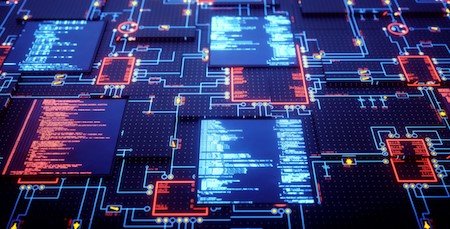Climate change is referred to as a significant change in the atmosphere of Earth over an extended period of time which also persists for a longtime. Earth’s average temperature has risen by 1.5°F over the past century, and is projected to rise another 0.5 to 8.6°F over the next hundred years. Small changes in the average temperature of the planet can translate to large and potentially dangerous shifts in climate and weather. Global warming refers to the recent and ongoing rise in global average temperature near Earth’s surface. It is caused mostly by increasing concentrations of greenhouse gases in the atmosphere. Global warming is causing climate patterns to change.

This rise in temperature and climate change is of major concern for the United Nations and recently concluded COP21 in Paris vehemently stressed the need to keep the rise in Earth temperature below 2°C in next 25 years. This can only happen if production methodologies in the field of electronics are shifted from methodologies which are hostile to the environment to the methodologies which are environment-friendly.

A printed circuit board in its essence is a board or a card which provides ways and means i.e. physical and electrical of connecting the electronic components. A PCB is a rigid board made from laminate comprising of mostly glass epoxy base material with coating of copper on single or either side of it. The rigid board provides physical means for handling or mounting the electronic components of an integrated circuit on it while the copper coating allows the drawing of copper paths which acts as wires for the conduction of electricity between the components.

Before the dawn of PCB designing the circuits were built through the arduous practice of point to point wiring which was expansive, time consuming and limited in its capacity and efficiency. The problems associated with conventional circuits were also numerous ranging from frequent failures at connections, short circuits, loss of insulation, overheating, wear and tear and short life span of the circuits.

Since the conventional circuits had shorter life spans, suffered from massive wear and tear, had greater power requirements and dissipated more heat in the environment, they had adverse effect on the environment. The manufacturing of the conventional circuit was tedious and time consuming matter which resulted in more adverse impacts on the environments. With the dawn of printed circuit board technology an environment friendly electronic industry was born. The printed circuit boards have better power usage management; they are extended life spans and can be recycled for future use. The environmental friendly properties of the printed circuit boards have greatly helped them gain acclaim in the field of electronic circuits.

Hence the shift of production methodologies from conventional circuit manufacturing to the printed circuit board methodologies have greatly helped alleviate some risk to our environment. At the same time there is still need for improvement in the PCB industry in order to make the manufacturing and PCB assembly process completely environment friendly.
At synergise PCB we give extreme importance to the preservation of our environment through the implementation of production standards approved by the United Nations. It is always our utmost conviction to do our best to protect our environment by cutting down harmful practices in the printed circuit board development process.

